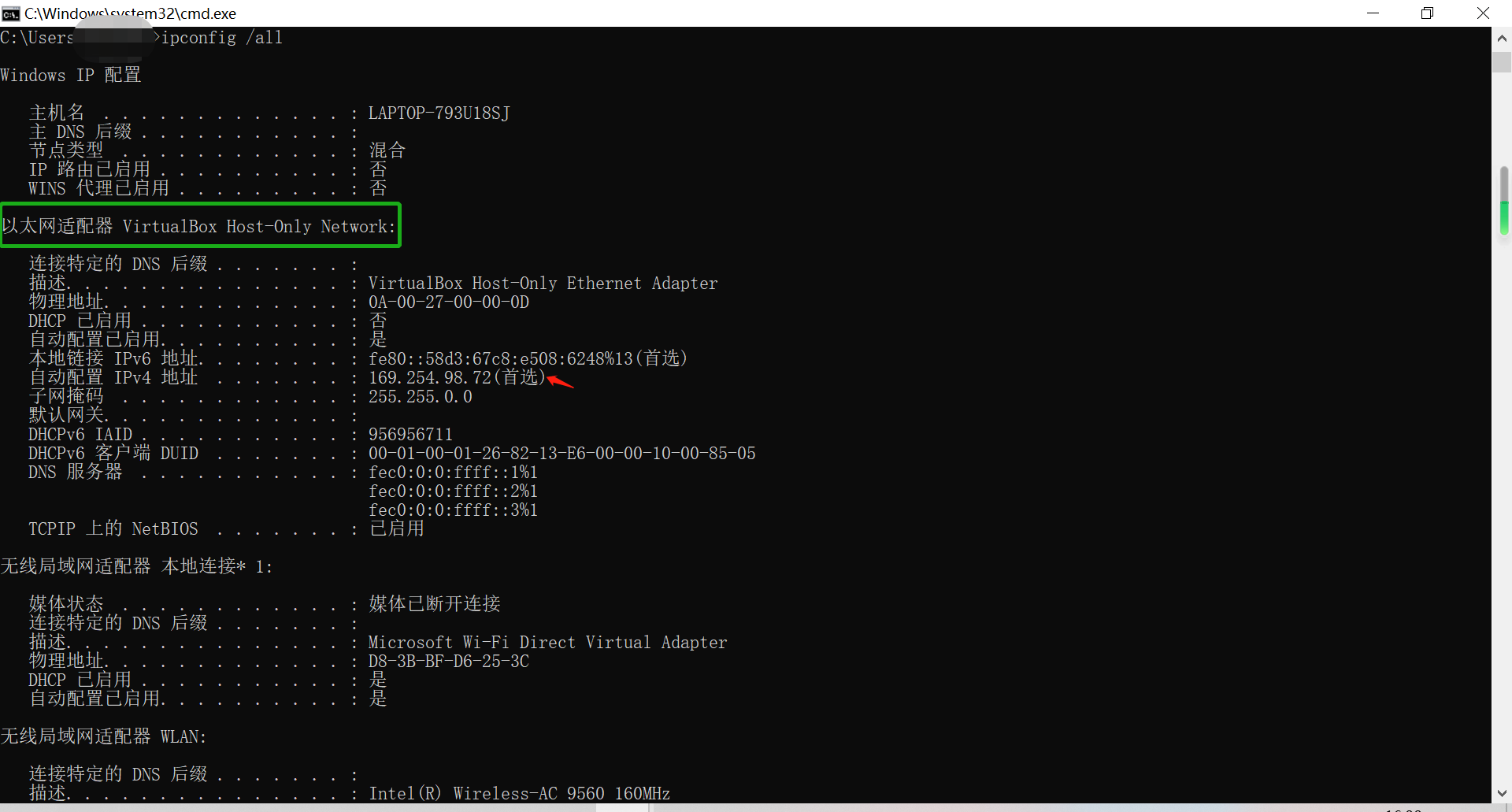

Contents should be: nfigure("2") do |config|Įnd config.vm.provider "virtualbox" do |v|ĩc v.customize Note the name (“chef/centos-7.0”)Ħ Add that base image name to your local vagrant registry $ vagrant box add chef/centos-7.0ħ Add a custom image to your local vagrant registry (see #13) $ vagrant box add -name cxv/myboxĨ View local box registry $ vagrant box listĩ Modify the Vagrant config to use that virtual imageĮdit Vagrantfile. This will create a Vagrant config file: my-env/Vagrantfileĥ Look for a base virtual image to use. My approach is to put the actual provisioning instructions into a shell script, and using the Ruby Vagrantfile to bootstrap the launch of the shell scripts.ĭetails for all these instructions can be found in the Vagrant docs.ģ Create directory for your virtual environment mkdir my-env I’ve never used Ruby before, but it’s easy enough to pick up to create an effective provisioning script. The catch is that the configuration, called the Vagrantfile is written in Ruby. With a single “vagrant up” you can launch multiple VMs coordinated through the same configuration file.

The other useful feature is when you have a scenario that requires more than one virtual machine (in my case I was kicking the tires of Mesos, a distributed system of masters and slaves). It provides a uniform command line syntax to manage VMs which remains the same irregardless of platform (Windows, MacOS, Linux) and is provider agnostic (VMWare, Xen, etc). Vagrant is a great devops tool used to uniformly start, provision and cleanup one or more virtual machines run locally.


 0 kommentar(er)
0 kommentar(er)
